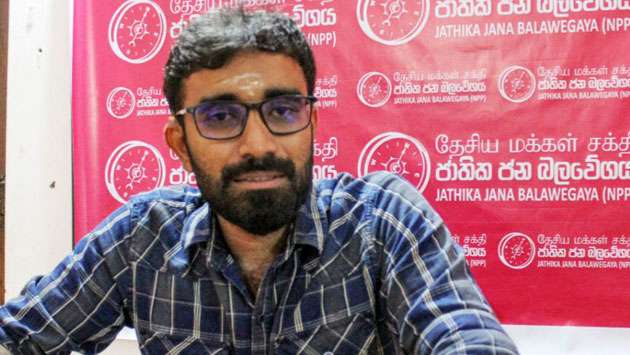HUMAN CAPITAL FORMATION: TRENDS AND PROBLEMS
10 January 2012 04:19 am Views - 10258
According to Schultz there are five ways of developing human resources.
(a) Health facilities and services broadly concerned to include all expenditure, that effect the life expectancy, strength and stamina and the vigour and vitality of people.
(b) On the job training, including old types of apprenticeship organized by the firm
(c) Formallly organized education at the elementary, secondary and higher levels.
(d) Other programmes for adults that are not organized by the firms
(e) Migration of individuals and families to adjust to changing job opportunities.
The notion of investment in human capital is of recent origin. In the process of economic growth, it is customary to attach more importance to the accumulation of physical capital. Now it is increasingly recognized that growth of tangible capital stock depends to a considerable extent on human capital formation which is the process of increasing knowledge, the skills and the capacities of people of the country. Some studies reveal that a dollar invested on education brings a greater increase of national income than a dollar spent on dams, roads, factories or other tangible capital goods.
Economists are therefore of the view that it is the lack of investment in human capital that has been responsible for the slow growth of the underdeveloped countries. Both underdeveloped and developing countries are faced with two diverse man power problems. They lack the critical skills needed for the industrial sector and have a surplus labour force. The existence of surplus labour is to a considerable extent due to the shortage of critical skills. So these diverse problems are interrelated; human capital formation aims at solving these problems by creating the necessary skills in man as a productive resource and providing him gainful employment.
Physical capital becomes more productive if the country possesses sufficient human capital. Most under developed countries are strongly committed to the programmes of constructing roads, dams, power houses, factories pertaining to light and heavy industries. For this they need engineers, managerial and administrative personnel, scientists, doctors, veterinarians, agronomists, accountants etc. If there is a dearth of this varied type of human capital physical capital cannot be productively utilized. Moreover, under developed countries import physical capital for development but they are unable to utilize it fully due to lack of the critical skills required for its operation. These countries are characterized for economic backwardness which manifests itself in low labour efficiency factor. Immobility limits in occupations and in trade, a deficient supply of entrepreneurship and too many values and traditional social institutions minimize the incentives for economic change. It is necessary to increase the knowledge and skills of the people to remove the economic backwardness and instill the capacities and motivations to progress. In fact without an improvement in the quality of human factor no progress is possible in an under developed country.
The concept of human capital formation in the context of investment in education posses a number of problems. It is difficult to assess the total stock of human capital required in a country. The growth of Western Europe and United States of America have been based more on investment in physical capital than in human capital in their earlier phase of development.
It is not possible to spell out in concrete terms the growth rate of human capital formation as is commonly the case with physical capital accumulation. However, it can be said in general terms that the rate of accumulation of human capital should exceed not only the growth rate of labour force but also the growth rate of economy.
Almost all the underdeveloped countries of Asia, Africa and Latin America give a high priority to primary education which is often free and compulsory. But, it leads to considerable wastage and stagnation and puts a severe strain on the physical facilities and teaching staff of educational institutions. The above countries in their enthusiasm to spread higher education have been opening too many universities without trying to improve the quality and standard of education. This tends to lower the efficiency of undergraduates and graduates employed in the private and public sector and do not promise well for the formulation of a dynamic leadership and economic development. This leads to the wastage of human resources.
Moreover, insufficient attention had been paid to agricultural education, adult education and on-the-job training programmes in these countries. There are no on-the-job training programmes, little is being done in the field of adult education. This tends to help change the outlook of the farmers, sharpen their decision making skills and provides them necessary information with regard to modern agricultural practices.
The major problems in human capital formulation in the developing countries are :
(a) Rapidly growing population.
(b) Mounting unemployment in the modern sector of the economy as well as widespread underemployment in traditional agriculture.
(c) Shortage of persons with the critical skills and knowledge required for effective national development.
(d) Inadequate or underdeveloped organizations and institutions for mobilizing human effort.
(e) Lack of incentives for people to engage in particular activities which are vitally important for national development.
The writer is the Deputy Registrar of Corporate Management Division,University of Peradeniya.



